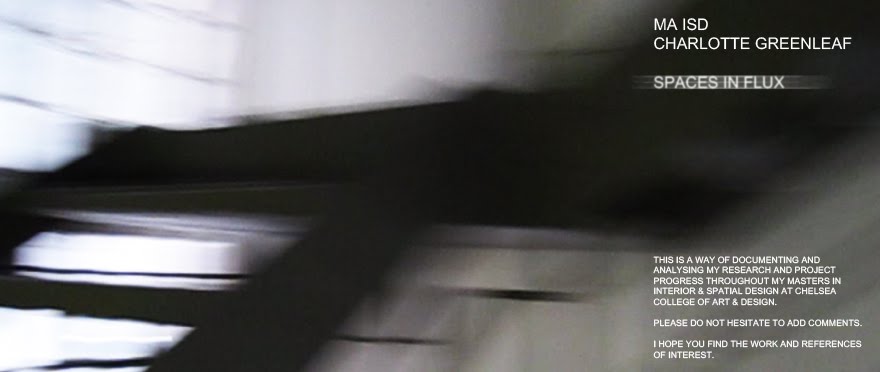Location: Woodland, Winchester
Apparatus Set up
I took the filming device into a woodland and decided to film the lofty heights created by the verticality of the trees within this outdoor environment.
In setting up the device I decided to remove the cantilevered arm which I had previously used and therefore my apparatus only consisted of the 30 m rope, 0.5 m timber-camera-attachment and the camera. To set up the apparatus I would throw the rope over a high branched tree and with the attachment fixed to one end I would control the ascent and descent of the device from the other.
 I also added weight to the device with sandbags to increase the inertia of the device (inertia is the resistance of any physical object to a change in its state of motion), which slowed the spinning rate down slightly. This also assisted in descending the device over the branch.
I also added weight to the device with sandbags to increase the inertia of the device (inertia is the resistance of any physical object to a change in its state of motion), which slowed the spinning rate down slightly. This also assisted in descending the device over the branch.
 I also added weight to the device with sandbags to increase the inertia of the device (inertia is the resistance of any physical object to a change in its state of motion), which slowed the spinning rate down slightly. This also assisted in descending the device over the branch.
I also added weight to the device with sandbags to increase the inertia of the device (inertia is the resistance of any physical object to a change in its state of motion), which slowed the spinning rate down slightly. This also assisted in descending the device over the branch.Once the apparatus was set up and the camera attached, I repeated the previous process of descending the camera to the woodland floor and rotating the rope so that it twists. Following this I would hide behind a tree (!) and gradually pull the rope so that the camera ascends up through the woodland space, filming the space in a spiral.
Films captured by the device & Analysis
(The low resolution doesn't really work with these films!)
Woodland Spin 1 from Charlotte Greenleaf on Vimeo.
(note the addition of the woodland audio captured during filming)
Woodland Spin 2 from Charlotte Greenleaf on Vimeo.
The effect the device has created via these films within the woodland is quite different to its previous location in the stairwell. The following screen shot below shows how the film abstracts the woodland into horizontal shards of colour which slightly curve away from the top and the bottom of the frame.

Screen shot from Woodland Spin 1
During both of the above films, the number of frames per second has an effect on the visual capacity of the captured film. There are points within each film where the speed of the rotating camera approaches the frame rate of the image captured, and thus resulting in the wagon-wheel effect, where the rotation of camera appears to rotate in the opposite direction to which it is in motion. Individual frames can also be visualised in Woodland Spin 2 as the space gradually passes along the screen in vertical bands.
Following these experiments I decided to change the orientation of the camera, so that the camera focuses on the ground and the sky.
Woodland Spin 3 from Charlotte Greenleaf on Vimeo.

Screen shot from Woodland Spin 3
Woodland Spin 4 from Charlotte Greenleaf on Vimeo.

Screen shot from Woodland Spin 4
The screen shot from Woodland Spin 3 illustrates how the image becomes increasingly abstracted with distance from the central focus point. This is because the distance the camera captures during one frame increases with distance from radial point, and therefore the increase in distance results in an increase in blur.
1 x 360 degree rotation takes approx 1:16 (ss:ff) = approx 41 frames
Space between radial lines illustrates an increase in distance captured during
a single frame and therefore an increase in blur from the radial point
The screen shot from Woodland Spin 4 shows very little abstraction of the tree branches, the view captured also has fewer colour tones and detail than in Woodland Spin 3.
Such results and evidence enables me to conclude that an increase in the speed of the rotation of the camera results in an increase in blur of the space captured. Spaces with more detail and colour tones become more blurred and abstracted than spaces with lesser detail and colour tones. The further the filmed subjects are from the camera, the increase in abstraction in blur, due to the increase in distance the camera needs to capture in a single frame.




No comments:
Post a Comment